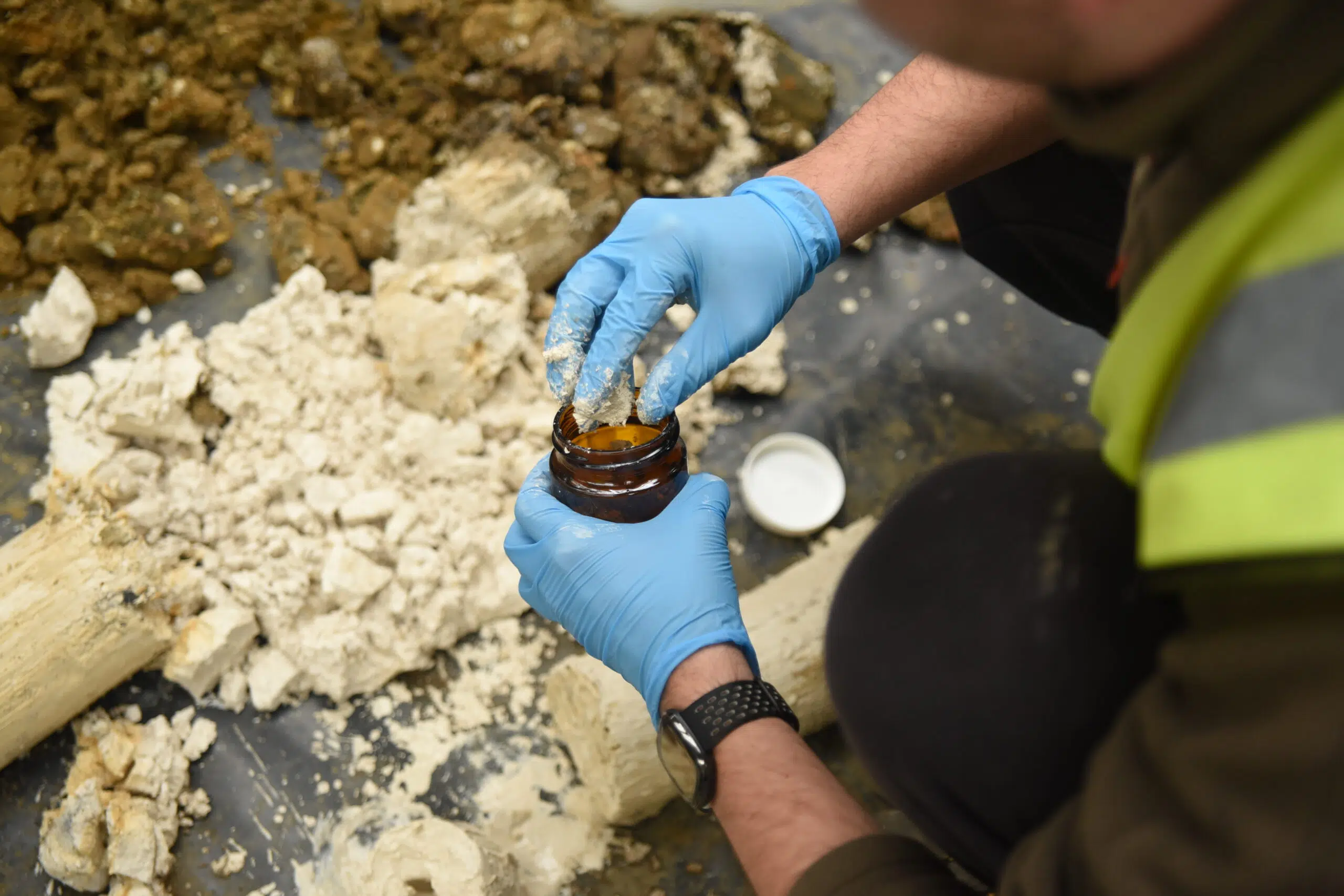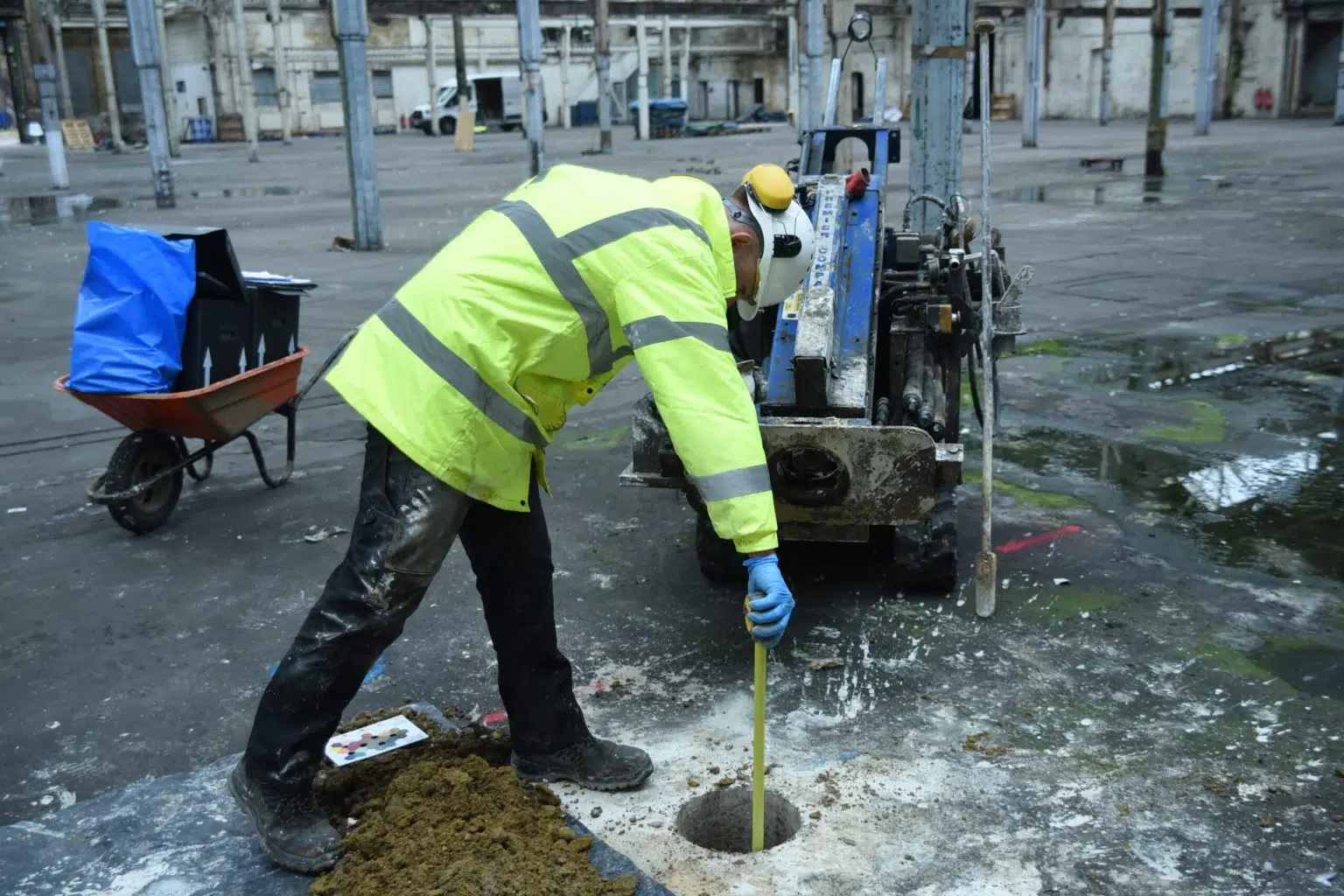
In October 2020, the Environment Agency (EA) published a new set of guidance documents on the management of Land Contamination. Land Contamination Risk Management (LCRM) replaced the long standing risk assessment and remediation methodology set out in CLR11, which has been formally withdrawn.
The assessment of land contamination as set out in CLR11 is widely accepted as a robust and technically appropriate assessment tool, therefore the purpose of the EAs update to the guidance was not to provide an alternative assessment methodology, but to provide a more simplified and accessible guidance document, which is clearer, more concise and more current.
LCRM is aimed at anyone that may need to manage or deal with land contamination, including landowners, developers, planners and regulators. The EA hopes that the guidance is a more intuitive approach to the management of land contamination and includes up-to-date terminology to advise users on “how to assess if there is an unacceptable risk, decide which options are the most suitable to manage the risk, plan and implement remediation if needed and verify the work completed”
The guidance is now be presented as four webpage guides:
LCRM: Before you Start sets out the EA’s expectations in terms of how land contamination is assessed for a range of regulatory and management contexts. It also sets out the EAs expectations on using Suitably Qualified Professionals to ensure that all legislative requirements and necessary standards related to managing land contamination are met, that reports submitted are of the quality the EA expects and that there is therefore a better chance of ‘getting it right first time’.
As with CLR11, LCRM uses a staged risk-based approach. There are three stages, which are broken down into tiers as follows:
The three tiers are:
There are three steps to follow:
There are four steps to follow.
One of the major terminology changes throughout the three stages of assessment set out in LCRM is the move away from the use of the term pollutant linkage and its replacement with the term contaminant linkage. Furthermore, in terms of updates and improvements from CLR11, the site investigation section in Risk Assessment section of LCRM is now in line with British Standards terminology and a new section on unexploded ordnance has been added.
More clarity is also provided on the relationship between Soil Guideline Values and Category 4 Screening Levels as well as the EA’s Monitoring Certification Scheme MCERTS and Rapid Measuring Techniques. Information on piling has been added, along with a new section on risk communication. There is also now more emphasis on adopting a sustainable approach throughout the process using for example, the sustainable remediation methodology, the SURF-UK Framework.
Another benefit of the new LCRM is that it provides external links to further learning documents to support the risk assessment process and links to additional assessment tools, such as CL:AIRE GWSDAT programme, which helps assessors visualise and interpret groundwater monitoring data and hydrogeological risk assessment guidance tools such as the Remedial Targets Methodology
and Land contamination groundwater compliance points: quantitative risk assessments.
Since its introduction in October 2020, LCRM has been generally well received across the industry, which reflects the fact that it has not strayed too far from the phased approach of CLR11. In April 2021 Natural Resource Wales (NRW) adopted LCRM, with the Northern Ireland Environment Agency following suit.
Lustre Consulting has been working to LCRM since its introduction in October 2020 and has qualified consultants ready to help you with your contaminated land assessments.

How we can protect your construction site from unnecessary delays and costs. If piling is part of your construction plans, a piling risk assessment could be a vital step to avoid potential problems that could disrupt your project, including: Piling risk assessments are now explicitly referenced within the Environment Agency’s Land Contamination Risk Management Guidance […]
How we can protect...
A surface water soakaway is used to capture then allow the infiltration and filtration of water runoff through a subsoil to the water table below. Your soakaway should provide sufficient short-term storage of surface water and allow the surface water to percolate into the surrounding ground. The National House-Building Council (NHBC) provides detailed guidance on […]
A surface water...
Contamination is not always something that can be seen; often contamination is invisible, buried below ground or is present in perfectly normal looking topsoil.
This is a question...
What is a Phase 1 Desk Study? A Phase 1 Desk Study will determine if contamination could be present at your site, and importantly, if that contamination poses a risk to future site users or the environment. Why is a Phase 1 Desk Study needed for this site? If the Desk Study finds that the […]
What is a Phase 1...